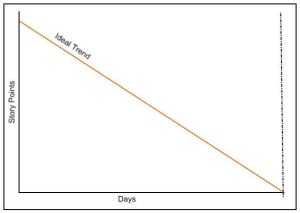AWS Regions :
• AWS has Regions all around the world
• Names can be us-east-1, eu-west-3…
• A region is a cluster of data centers
• Most AWS services are region-scoped
Agile Reporting 1. Sprint Burndown At a Sprint-level, the burndown presents the easiest way to track and report status (the proverbial ...

No comments:
Post a Comment